Featured Applications

Dedicated to your work. Not your workstation.
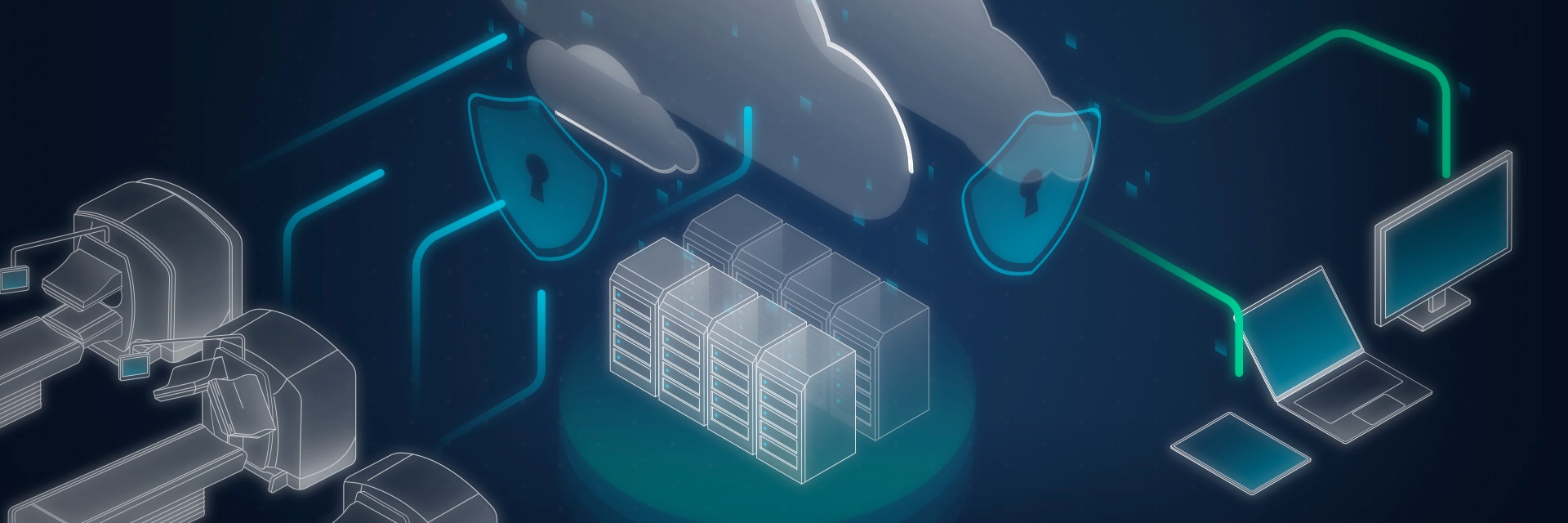
It’s time to bring all of your data together
Easily scale from multi-user to multi-site
We’ve made it effortless to stay current
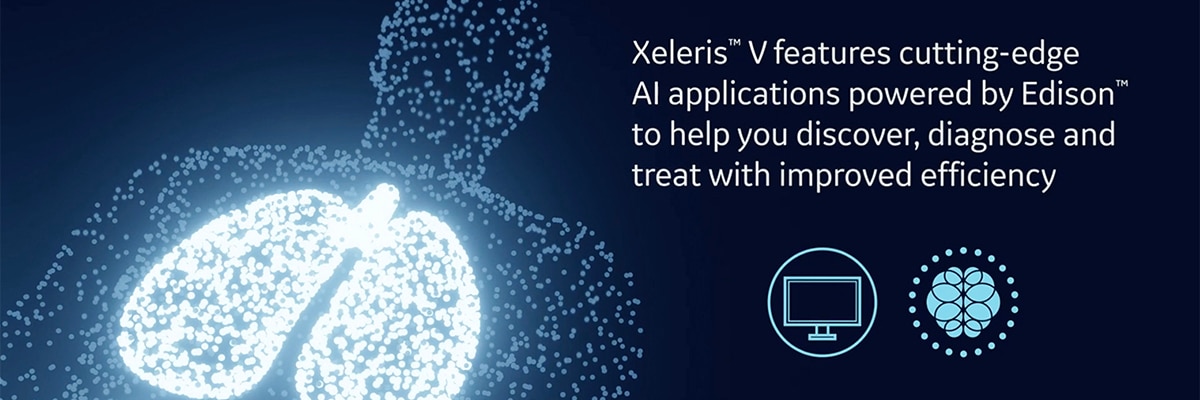
An AI for precision health
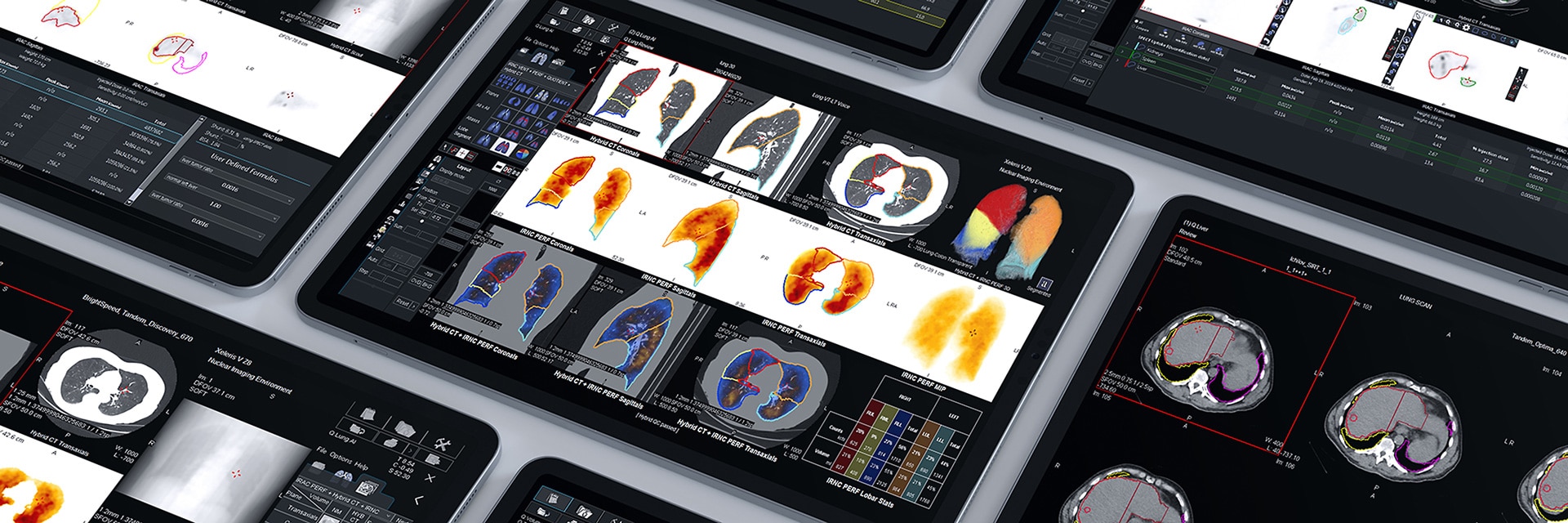
Everything you need to do great work
Xeleris V Base Package Applications
Advanced Reconstruction Package Applications
Quantitation Package Applications
Cardiology Reconstruction Package Applications
Neurology Package Applications
Dosimetry Package Applications

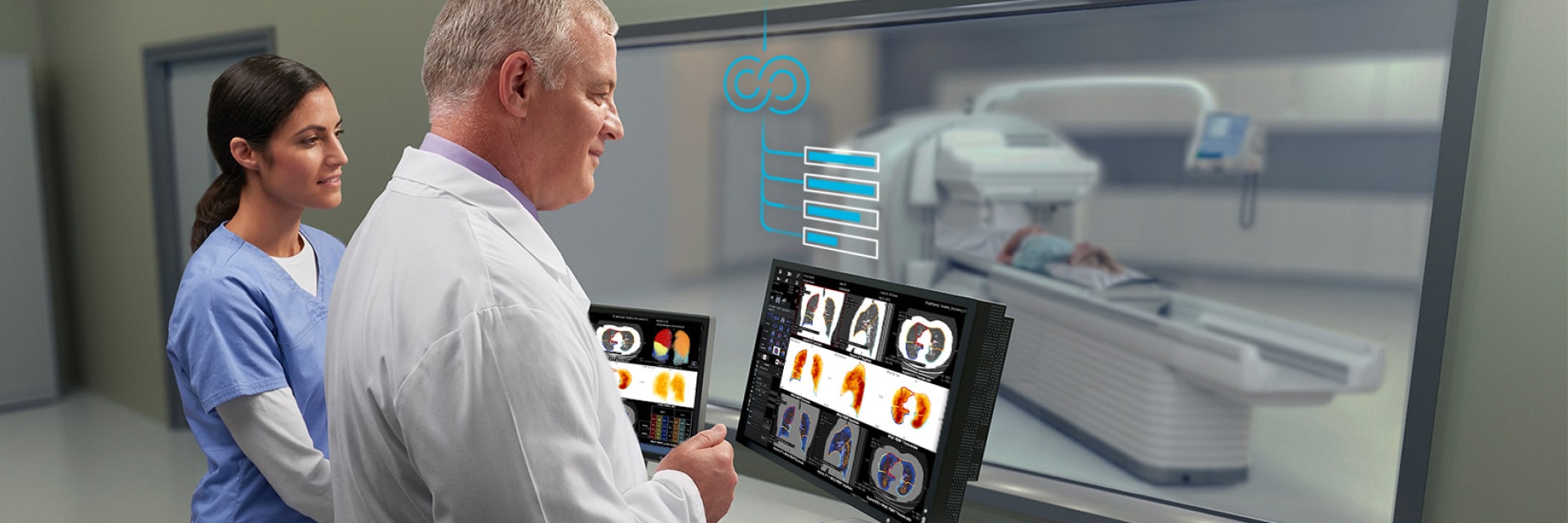
MI systems that keep getting better
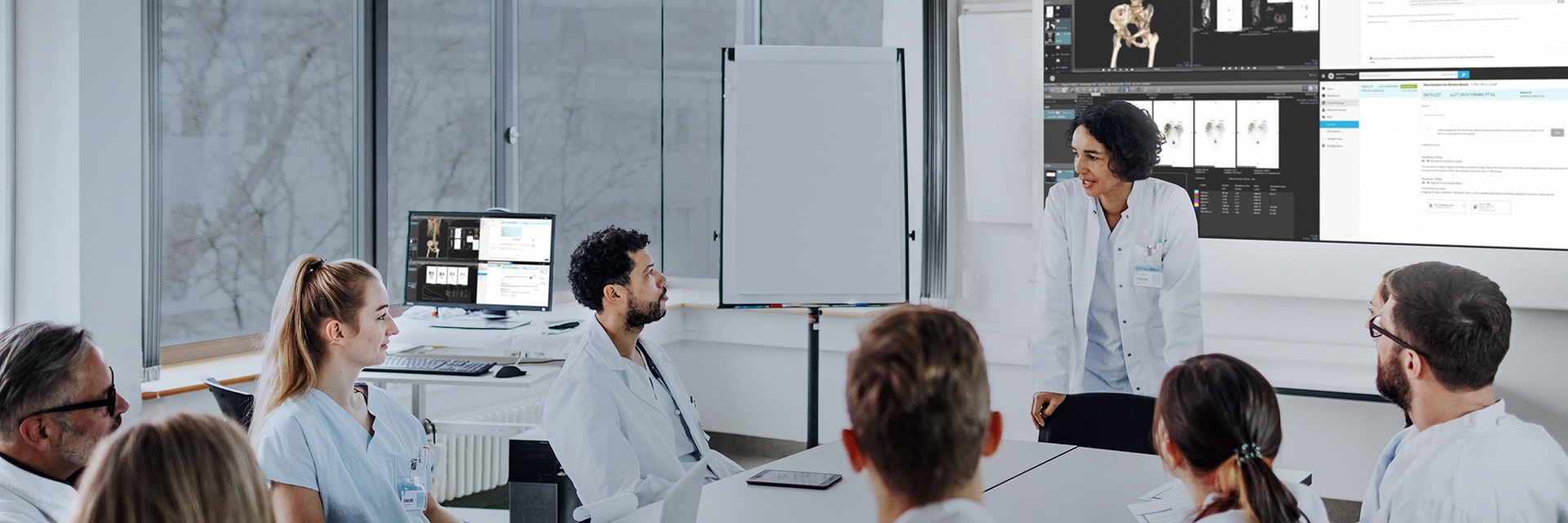
Let’s put Xeleris V to work for your enterprise
Quantitative Perfusion SPECT, Quantitative Gated SPECT, Quantitative Blood Pool GSPECT and Automatic Report Generator are trademarks of Cedars Sinai.
Emory Toolbox, Emory SyncTools, Emory SmartReport and Emory PETtools are trademarks of Syntermed Medical Imaging.
ASNC ImageGuide is a trademark of the American Society of Nuclear Cardiology.
Xeleris, Edison and Discovery are trademarks of GE.
1As demonstrated in an evaluation consisting of 99 SPECT/CT cases and three physicians, where each case was segmented manually and using the AI-based algorithm and evaluated by one of the physicians. In 89 of the cases, the AI-based segmentation met the success criteria of (a) less than three manual edits, and (b) lobe volume and activity within a predefined threshold compared to manual segmentation.
2Compared to Q.Lung on Xeleris 4 DR. As demonstrated in bench test using five SPECT/CT cases. The bench test covered the workflow for pulmonary embolism diagnosis and lung function assessment. Results may vary.
3Compared to using Xeleris 4 DR Dosimetry Toolkit with dose calculations done manually or with external software. As demonstrated in an evaluation at two sites consisting of 14 SPECT/CT cases by four physicists, where each case was processed by one of the four physicists. Results may vary.
4Applicable for SPECT from Discovery NM/CT 670 CZT and NM/CT 870 CZT.
5Applicable for Discovery NM/CT 530c and Discovery NM/CT 570c.
6Compared to using Xeleris 4 DR Q.Volumetrix MI. As demonstrated in an evaluation at two sites consisting of 15 SPECT/CT cases and two physicians, where each case was processed by one of the two physicians. Results may vary.
7Compared to using Xeleris 4 DR Q.Volumetrix MI with manual or external software dose calculation. As demonstrated in an evaluation at two sites consisting of 15 SPECT/CT cases and two physicians, where each case was processed by one of the two physicians. Results may vary.
8Compared to using Xeleris 4 DR Q.Volumetrix with manual or external software dose calculation. As demonstrated in bench test using five SPECT/CT cases. The bench test covered the workflow from data loading to dose calculation using user pre-defined formulas. Results may vary.
